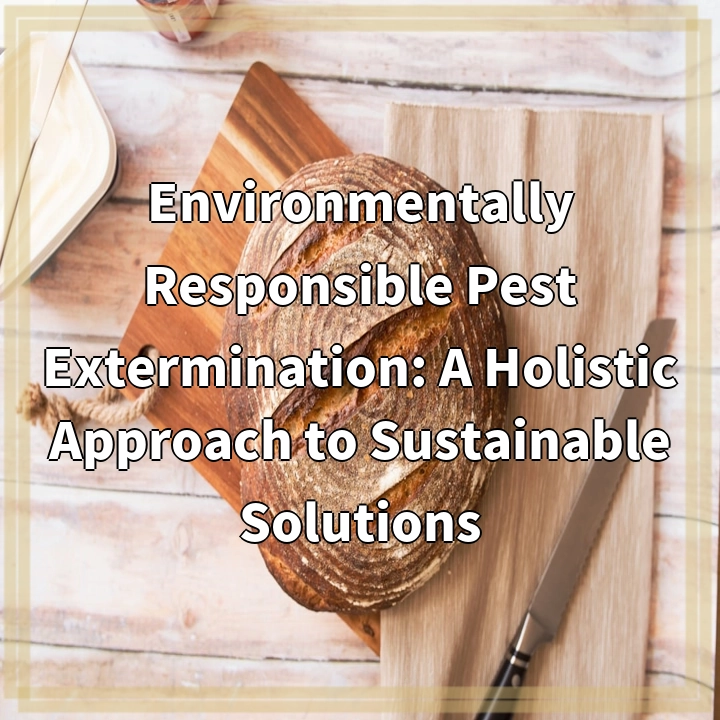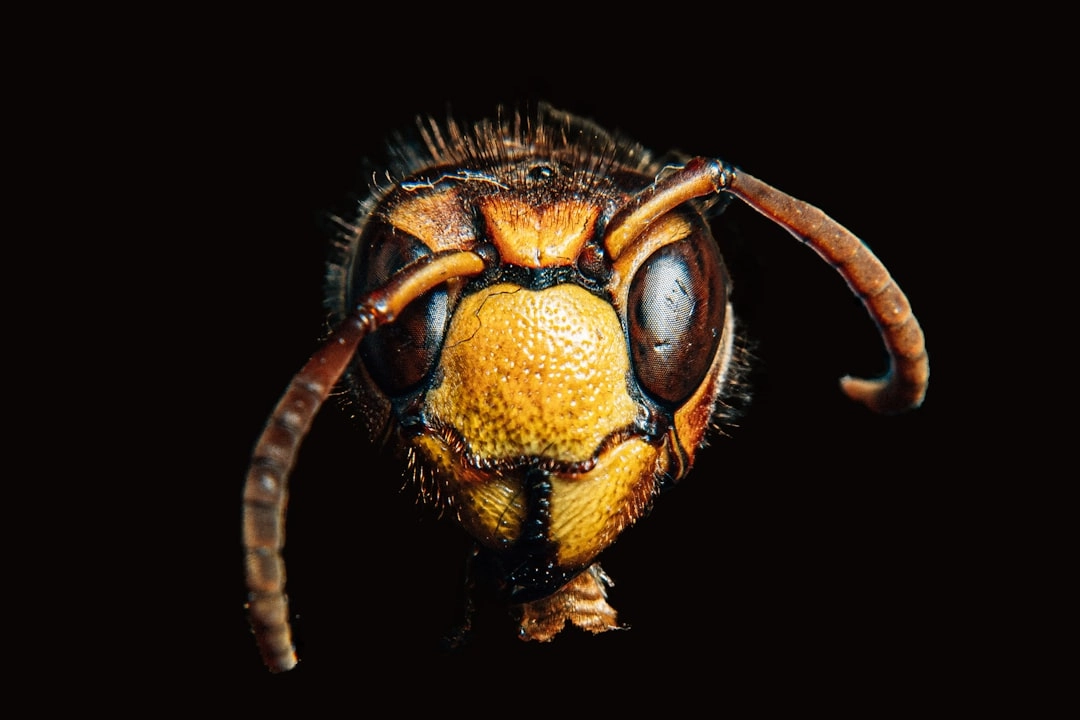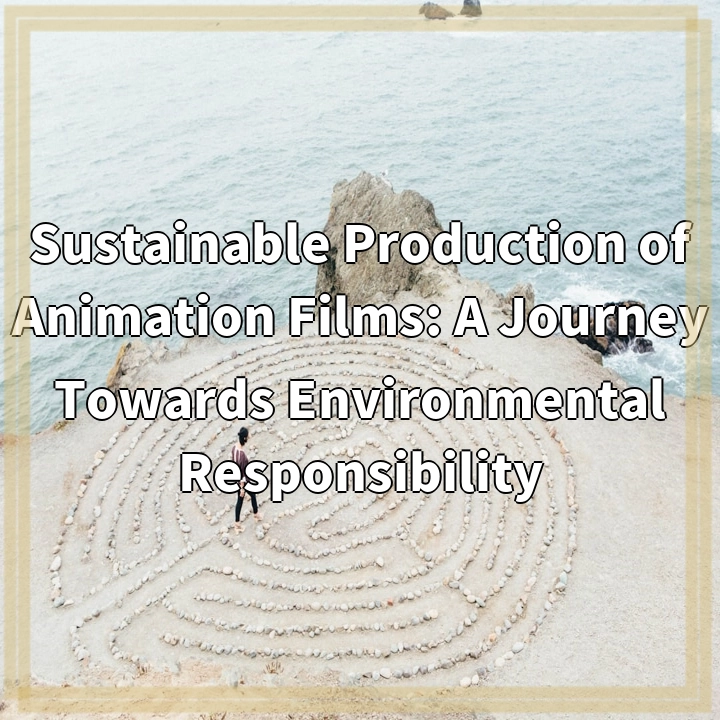
What is Environmentally Responsible Pest Extermination?
Environmentally Responsible Pest Extermination is an approach to pest control that prioritizes the health and well-being of both humans and the environment. It focuses on finding sustainable and non-toxic solutions to manage pest populations while minimizing negative impacts on ecosystems and non-target organisms.
Real-World Problems Associated with Environmentally Responsible Pest Extermination
1. Limited effectiveness:
One of the challenges faced when implementing environmentally responsible pest extermination methods is the perception that they may be less effective than conventional chemical-based approaches. In reality, while it may take more time and effort to achieve desired results, these methods can be just as effective when implemented correctly.
2. Lack of awareness and understanding:
There is often a lack of awareness and understanding about environmentally responsible pest extermination techniques, both among the general public and even some professionals in the pest control industry. This can hinder the widespread adoption and implementation of sustainable methods.
3. Resistance to change:
Another challenge is the resistance to change within the pest control industry. Conventional methods using chemical pesticides have been the norm for many years, and transitioning to environmentally responsible alternatives may require a shift in mindset and practices.
4. Cost considerations:
Some environmentally responsible pest control methods, such as integrated pest management (IPM) techniques, may initially require a higher financial investment than traditional approaches. This can deter some individuals or businesses from adopting these sustainable practices.
5. Complex ecosystems:
Successfully managing pest populations in complex ecosystems can be challenging. Ecological factors, such as the presence of beneficial organisms and interactions between different species, need to be carefully considered to avoid unintended consequences when implementing pest control measures.
Despite these challenges, environmentally responsible pest extermination offers numerous benefits in terms of long-term sustainability and minimizing harm to the environment. By promoting the use of non-toxic alternatives, adopting integrated approaches, and raising awareness about the importance of environmentally responsible practices, we can address these real-world problems and help create a healthier and more sustainable future.

Solutions for Environmentally Responsible Pest Extermination
1. Education and Awareness:
Increasing public awareness about the benefits and effectiveness of environmentally responsible pest extermination methods is key. Providing educational resources and promoting understanding of sustainable pest control techniques can help overcome resistance to change and encourage their adoption.
2. Integrated Pest Management (IPM):
Implementing IPM strategies combines various pest control methods, such as biological control, cultural practices, and mechanical or physical controls, to manage pest populations effectively. This holistic approach minimizes the use of chemical pesticides while targeting pests directly at different stages of their life cycle.
3. Research and Technology:
Continued research and development of environmentally friendly pest control technologies are crucial. Innovations in pest detection, monitoring, and control methods can help improve the efficacy and acceptance of sustainable pest extermination practices.
4. Collaboration and Partnerships:
Building partnerships between pest control professionals, environmental organizations, and communities can encourage the sharing of knowledge and experiences. Collaboration can lead to the development and implementation of sustainable pest control strategies that are tailored to specific regions and ecosystems.
5. Incentives and Support:
Government incentives, grants, and subsidies can help make environmentally responsible pest extermination more accessible and affordable. Offering support to individuals, businesses, and organizations that choose sustainable pest control practices can encourage their widespread adoption.
By implementing these solutions, we can overcome the barriers associated with environmentally responsible pest extermination and promote a healthier and more sustainable approach to pest control.















